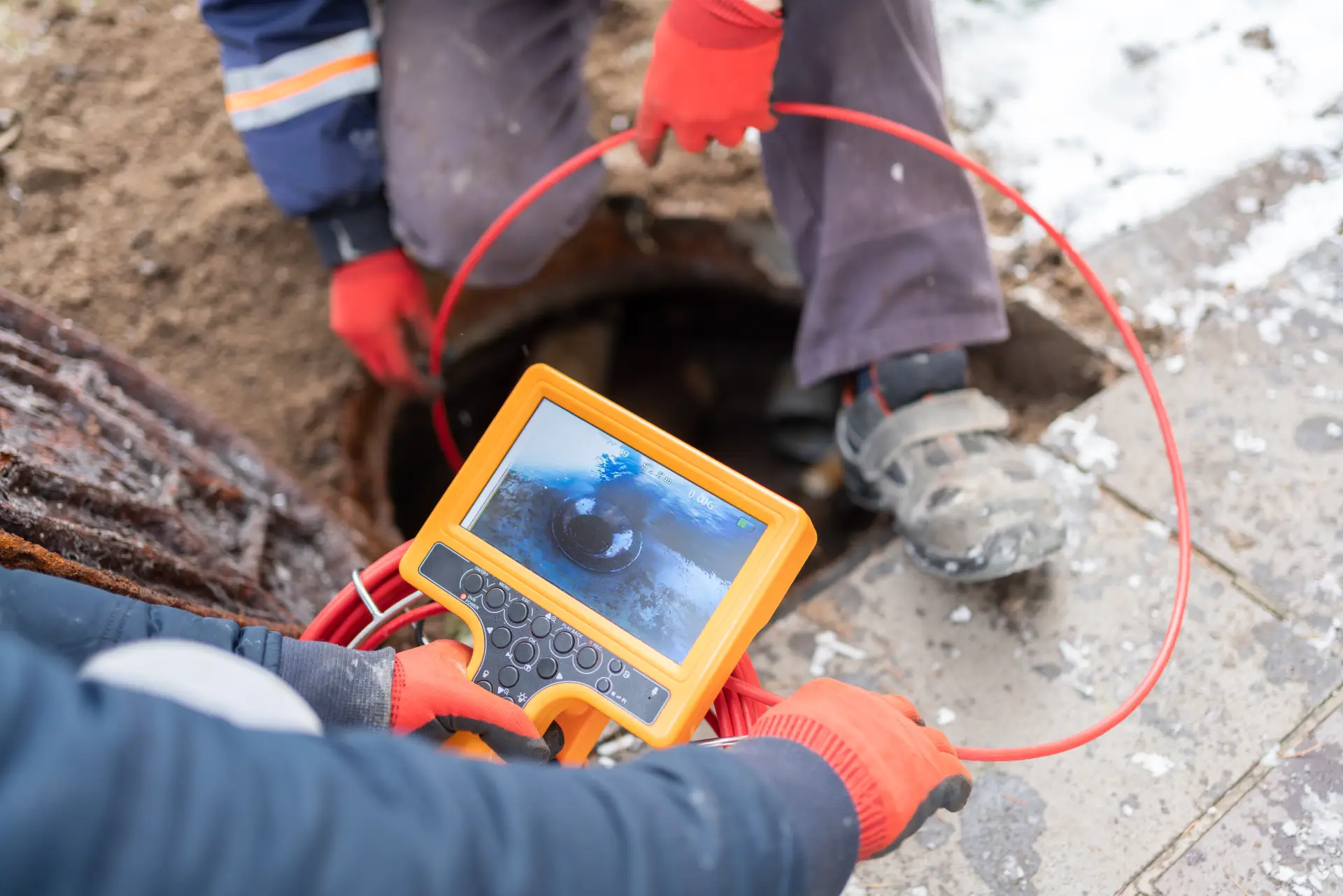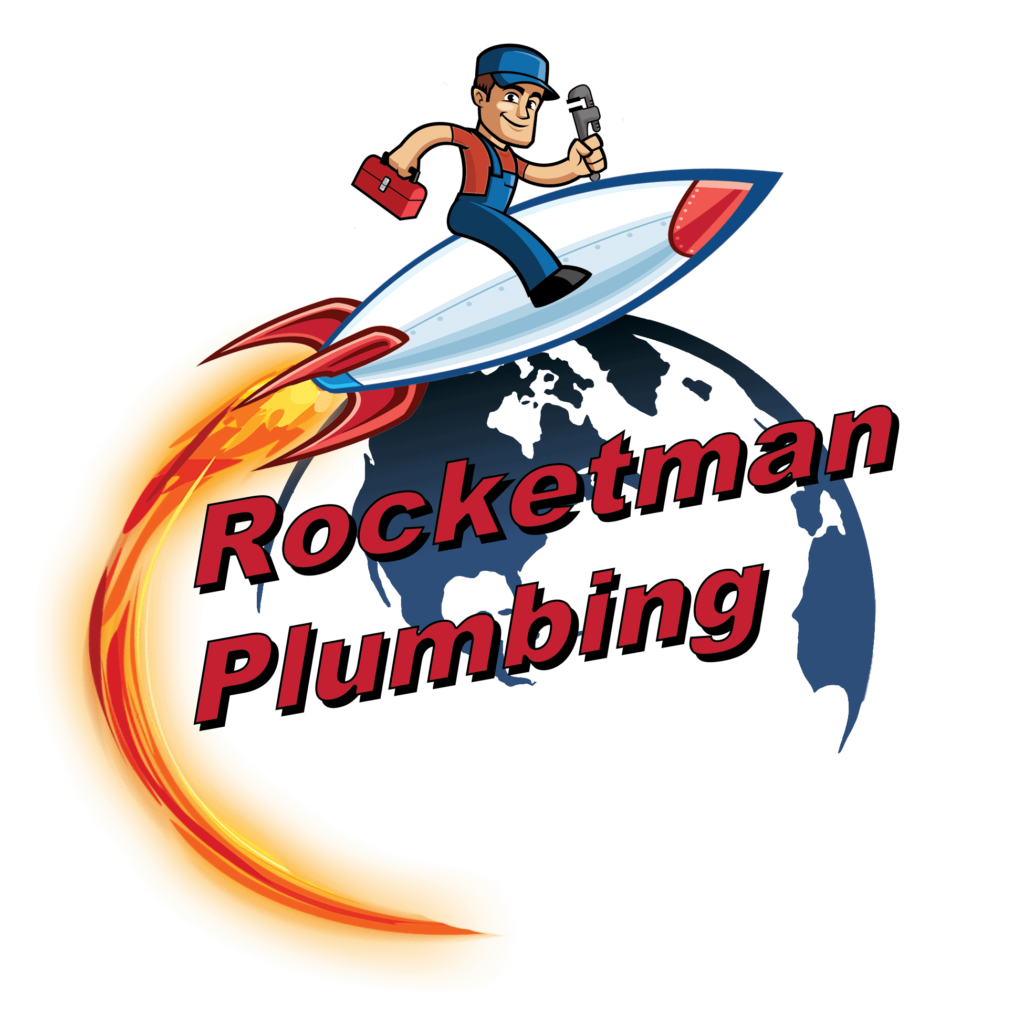
Your sewer line is one of those parts of your home you may not think about—until something goes wrong. When it’s working, it quietly carries wastewater away without issue. When it’s not, you can end up with toilets that won’t flush, foul smells creeping through your home, or even raw sewage backing up into your drains. That’s not just inconvenient; it’s messy, stressful, and expensive to fix.
The best way to avoid those disasters is simple: have your sewer line inspected regularly. But how often do you really need to schedule an inspection, and why does it matter? Let’s walk through the details so you know when to pick up the phone and call a plumber.
Why Sewer Line Inspections Are Important
Unlike leaky faucets or clogged sinks, sewer line problems usually stay hidden until they’re severe. A small crack underground or tree roots weaving their way into the pipe won’t show themselves right away. Instead, you’ll only notice when water drains slowly, toilets bubble, or waste backs up into your tub. By then, the repair may require excavation or pipe replacement, which can cost thousands.
Routine inspections help spot those problems long before they hit crisis level. With modern tools like camera scopes, plumbers can see exactly what’s happening inside your sewer line and recommend fixes that prevent disaster. An hour of prevention now is far cheaper—and far less stressful—than dealing with an emergency backup later.
Signs Your Sewer Line Needs Attention
Watch for these common warning signs:
- Multiple drains clogging at once
- Sewage smells coming from sinks, tubs, or basements
- Toilets bubbling or wastewater backing up when you flush
- Unusually green patches in the yard from leaking wastewater fertilizing your grass
- Low or fluctuating water levels in toilets
These symptoms mean it’s time to call a plumber immediately. Even without obvious issues, a routine sewer line inspection can give you peace of mind and help prevent costly repairs down the road.
How Often to Schedule a Sewer Line Inspection
For most homes, a sewer line inspection every one to two years is recommended. This gives plumbers the chance to spot developing issues and clean out buildup before it turns into a blockage. Homes with newer PVC piping may be able to stretch inspections closer to the two-year mark, but older houses with cast iron or clay pipes should be checked yearly.
The frequency also depends on your property. If you have large trees in your yard, roots can invade the sewer line quickly, wrapping around joints and breaking through small cracks. In that case, an annual inspection is the safest choice. If your home has a history of sewer problems, you’ll also want to stay on the yearly schedule. Think of it as routine maintenance—just like changing your car’s oil.
What Happens During a Sewer Line Inspection
You might wonder how a plumber can check a pipe that’s buried underground. The process is surprisingly straightforward. First, the plumber will locate the cleanout access to your sewer line. Then, they’ll use a flexible cable with a small, waterproof camera on the end. As the camera moves through the pipe, it records video that shows the condition of the sewer line in real time. The plumber also goes through the video footage with the homeowner to show them any problem areas that may need to be repaired.
The plumber can see if there are cracks, root intrusions, blockages, or sections of pipe that have settled out of place. In some cases, they’ll also run water through the line to watch how it flows. The inspection usually takes less than an hour, and once it’s done, you’ll know exactly what shape your sewer line is in.
Common Problems Found in Sewer Line Inspections
Plumbers frequently discover issues such as:
- Invading tree roots breaking through cracks or joints
- Accumulating grease and soap narrowing the pipe interior
- Blocking debris such as plastic bags or leaves
- Collapsing or corroding pipes in older systems
- Shifting soil forcing pipes out of alignment
Finding these issues during an inspection means you can plan a repair on your schedule instead of waking up to sewage on your bathroom floor.
Preventive Benefits of Regular Sewer Line Inspections
Routine inspections offer major advantages:
- Lower costs: small repairs now prevent expensive excavation later
- Health protection: avoids backups that spread harmful bacteria
- Home value boost: a clean bill of health makes your property more attractive to buyers
The biggest benefit is simple—confidence that your sewer line is safe and working as it should.
When to Call in the Pros
Even if you’re handy, sewer line inspections aren’t a DIY job. Without professional equipment, you can’t see what’s going on underground. Trying to tackle sewer line issues on your own can even make matters worse if you damage the pipe or push a clog deeper.
Calling a professional plumber ensures that the inspection is thorough and accurate. Experienced plumbers know how to spot warning signs, interpret camera footage, and suggest the right solutions. Whether your line just needs a cleaning or there’s a bigger problem developing, they’ll guide you through the next steps.
Sewer Line Inspections in Albuquerque with Rocketman Plumbing
A damaged or clogged sewer line is one of the most stressful plumbing emergencies a homeowner can face. Fortunately, regular inspections take the uncertainty out of the equation. At Rocketman Plumbing, we use advanced camera technology to check your sewer line from end to end, identify problems early, and give you straightforward solutions.
Don’t wait for a messy backup—schedule today. If it’s been over a year since your last inspection—or if you’ve never had one—it’s time to schedule. Call Rocketman Plumbing in Albuquerque at (505) 243-1227 today. Our team is ready 24/7 to keep your home safe, sanitary, and free of sewer surprises.
